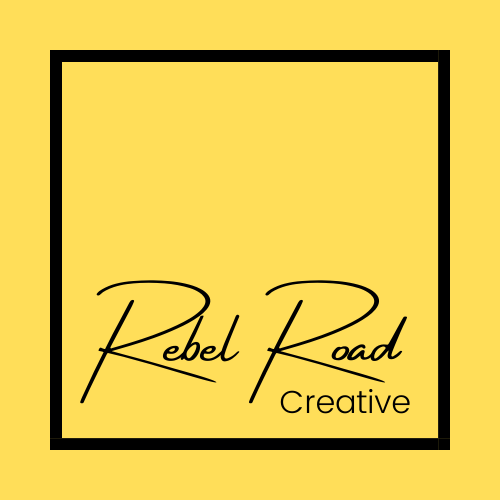Creative Ways Metaphors Can Improve Your Content Writing
(By Elizabeth Tuico) Metaphors are everywhere, but have you thought about using them to improve your content writing?
The English language is complex. A simple nuance can completely alter the intention of a sentence. Since content writing is about persuasion, it’s important to use every tool available. Harnessing the power of a metaphor proves to be a valuable strategy that shouldn’t be overlooked.
What Is a Metaphor?
According to Merriam-Webster, a metaphor is a word or phrase literally denoting one kind of object or idea used in place of another to suggest a likeness between them. They compare a shared trait between two unlike things. The structure usually consists of a tenor and vehicle. The tenor is the subject you want to describe, while the vehicle is the object whose attributes you’re borrowing. An example is drowning in money.
Metaphor vs. Simile
A simile is a metaphor subset that compares two unlike things often introduced by like or as. Example: She is as cute as a button. Similes often use verbs to imply that a noun is really doing something to make its comparison, but the noun isn’t literally doing that action.
Metaphor: My heart is bottomless.
Simile: My love is as deep as the ocean.
Types of Metaphors
There are many types of metaphors used in the English language. The most common metaphors include:
1) Absolute metaphors compare two things that have no obvious connection to make a point. The tenor can't be distinguished from the vehicle. Example: He's walking a tightrope with his grades this semester.
2) Implied metaphors compare two things that are not alike, without mentioning one of them. Example: My boss erupted with anger.
3) Dead metaphors are overused cliches. Examples: life is a highway or you light up my life.
4) Mixed metaphors use a combination of two or more different metaphors. Example: In the heat of the moment, she turned to ice and danced to the beat of her own drum.
5) Literary works often illustrate extended metaphors which are introduced and then further developed throughout a piece. The Road Not Taken, Robert Frost’s famous poem, is an example:
Two roads diverged in a wood, and I—
I took the one less traveled by,
And that has made all the difference.
6) Conceptual metaphors employ one abstract thing which is then understood in terms of another. Example: Time is money.
Effective Metaphors in Content Writing
Often a common figure of speech, metaphors encourage an audience to find clarity in an idea, adding more power to your content writing. A powerful communication tool, metaphors leverage your reader’s imagination.
Study publications to find effective metaphors in content writing:
Who Says Elephants Can’t Dance? Inside IBM’s Historic Turnaround
Who Moved My Cheese? An Amazing Way to Deal with Change in Your Work and in Your Life
Headlines from The New York Times:
Deep Scars and Complacency Defeated Colombia’s Peace Deal
Ailing Obama Health Care Act May Have to Change to Survive
Blood, Guts and Dinner
Headlines from The Washington Post:
Love that cheap cruise price? Don’t forget the boatload of fees.
Laughter is really contagious – and that’s good.
Starbucks is changing its rewards benefits, and fans are steamed.
How to Craft Original Metaphors
Most metaphors use figurative language to encourage audiences to emotionally connect with an idea. Original metaphors can make your business stand out and improve the traction of your content.
Start with a clean slate by removing metaphor development from your writing process. Don’t try to invent the perfect metaphor in front of your laptop or writing desk. Instead, focus on curiosity and observe all around you. Take notes and see where the practice takes you. Go for a walk or a swim to see what bubbles up in your imagination.
When it comes to effective communication, visual words work better. Metaphors are illustrations that make a strong point by comparing two things you wouldn't necessarily pair together. A strong metaphor is one in which the attributes shared by the vehicle and the tenor are clear without further explanation.
Think about using words that mirror our senses: see it, touch it, perhaps even taste, hear or smell it. (Better yet, keep a list of strong words that could be used in metaphor development.)
You may want to consider crafting an extended metaphor to work throughout a marketing campaign. The global luxury brand Louis Vuitton has been using the journey metaphor in their marketing messaging and content writing for two decades. “Spirit of travel” is one of Louis Vuitton’s latest campaigns:
A quest for freedom and adventure on the other side of the world is what the Louis Vuitton "spirit of travel" is all about. Escorting two heroines, Alicia Vikander and Michelle Williams, are the emblematic Twist and Capucines handbags, as well as the City Steamer, a new model created by Nicolas Ghesquière that was unveiled during the latest Cruise collection.
Conclusion
Chances are you’re regularly using metaphors because they shape our understanding of the relationships between things in the world. When writing metaphors for content, it’s important to keep your audience in mind. Broad demographics require common language while older adults need imagery they can relate to easily.
Metaphors are a powerful tool. Use them to make a concept more concrete, create imagery that penetrates a reader’s mind, and add depth to your content writing.
Elizabeth Tuico owns Rebel Road Creative. She helps companies boost revenue with quality content and solid marketing strategies. Do you need help? Get in touch.

